This engaging picture book read aloud is perfect for back-to-school and focusing on a growth mindset. This read aloud unit is built around the picture book The Magical Yet by Angela DiTerlizzi. You will need to obtain a copy of the book prior to beginning the unit. You should be able to find it at your local library. You may also be able to find a video read aloud on Youtube.
During this unit, your students will be creating a flip book to complete as you work though the unit. Instructions are provided for printing and assembling the flip book, making your prep work simple and efficient.
Included in this unit:
- Anticipation Guide
- Concept Map
- Theme
- Vocabulary
- Assessment
- Written Response
- Class Activity
- Discussion Questions
Standards:
SECOND GRADE
- CCSS.ELA-LITERACY.2.1
Ask and answer questions such as who, what, where, when, why, and how to demonstrate understanding of key details in a text. - CCSS.ELA-LITERACY.RL.2.2
Recount stories, including fables and folktales from diverse cultures, and determine their central message, lesson, or moral. - CCSS.ELA-LITERACY.RL.2.3
Describe how characters in a story respond to major events and challenges. - CCSS.ELA-LITERACY.RL.2.4
Describe how words and phrases (e.g., regular beats, alliteration, rhymes, repeated lines) supply rhythm and meaning in a story, poem, or song. - CCSS.ELA-LITERACY.RL.2.5
Describe the overall structure of a story, including describing how the beginning introduces the story and the ending concludes the action. - CCSS.ELA-LITERACY.RL.2.7
Use information gained from illustrations and words in a print or digital text to demonstrate understanding of characters, setting, or plot.
THIRD GRADE
- CCSS.ELA-LITERACY.RL.3.1
Ask and answer questions to demonstrate understanding of a text, referring explicitly to the text as the basis for the answers. - CCSS.ELA-LITERACY.RL.3.2
Recount stories, including fables, folktales, and myths from diverse cultures; determine the central message, lesson, or moral and explain how it is conveyed through key details in the text. - CCSS.ELA-LITERACY.RL.3.3
Describe characters in a story (e.g., their traits, motivations, or feelings) and explain how their actions contribute to the sequence of events - CCSS.ELA-LITERACY.RL.3.5
Refer to parts of stories, dramas, and poems when writing or speaking about a text, using terms such as chapter, scene, and stanza; describe how each successive part builds on earlier sections. - CCSS.ELA-LITERACY.RL.3.7
Explain how specific aspects of a text’s illustrations contribute to what is conveyed by the words in a story (e.g., create mood, emphasize aspects of a character or setting)
***************************************************************************
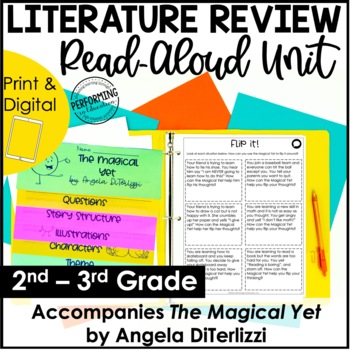
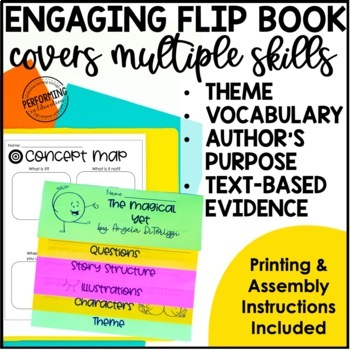
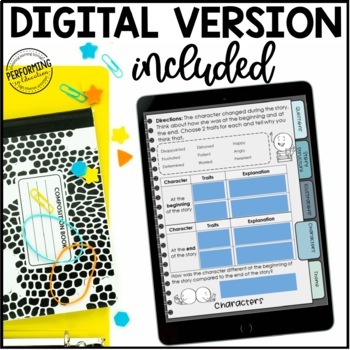
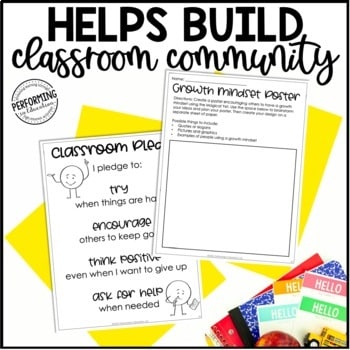
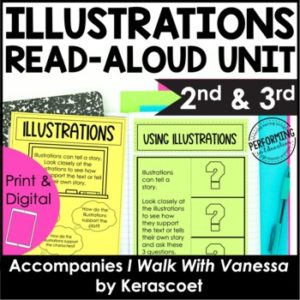
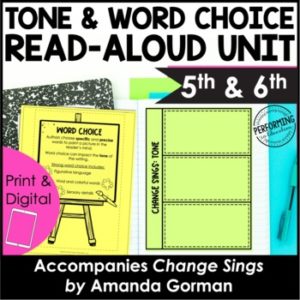
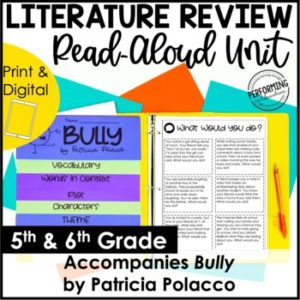


Reviews
There are no reviews yet.